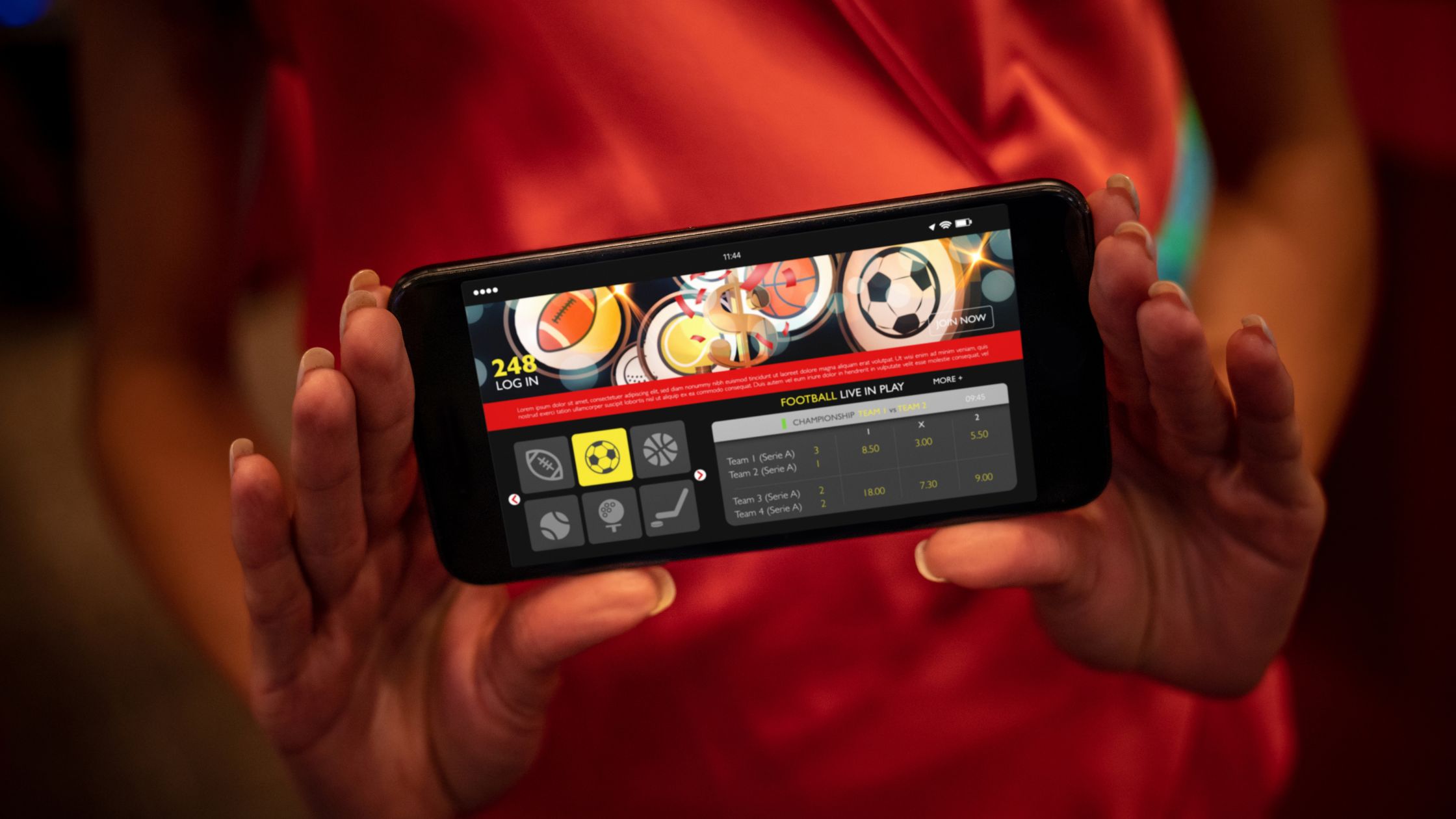Mastering Point Spread Betting: The Ultimate Guide to Betting Success

Point spread betting transforms every match into an edge-of-your-seat spectacle, making even the most uneven games thrilling. Commonly known as “betting the side,” this popular form of wagering levels the playing field between mismatched teams, ensuring every game is engaging right up until the final moments. This definitive guide delves deep into the exhilarating world of point spread betting, offering insights and strategies to enhance your betting experience.
Understanding Point Spread Betting
Point spread betting is a wager on the margin of victory in a game. Point spread betting levels the playing field, enhancing interest and potential profitability for betting on either team. It’s prevalent in major sports like lacrosse.
Football:
Both the NFL (National Football League) and NCAA (college football) feature point spread odds. NFL games almost always have point spread odds close to even money, typically around -110 for both sides of the bet.
Basketball:
The NBA (National Basketball Association) and NCAA basketball also use point spreads. Similar to football, the point spread adds excitement and strategy to basketball betting.
Hockey:
In hockey, the point spread is called the puck line. It serves as a handicap between two teams, just like in other sports.
Baseball:
Baseball uses a variant of the point spread called the run line. The run line adjusts the odds based on the margin of victory or defeat.
Rugby:
While less common, rugby also employs point spreads for betting.
Lacrosse:
Point spread betting is also utilized in lacrosse, extending its application beyond traditional major sports leagues.
Furthermore, oddsmakers set a point spread to reflect the perceived competitiveness of the game. For instance, if the Green Bay Packers are playing the Philadelphia Eagles, the point spread might be Packers +1 vs. Eagles -1, indicating a close game. On the other hand, if the Cincinnati Bengals are heavily favored against the New England Patriots, the spread might be Bengals -9 and Patriots +9.
Example: NFL Week 1 Point Spread (2024)
| Team | Spread | Juice |
|---|---|---|
| New England Patriots | +9 | -110 |
| Cincinnati Bengals | -9 | -110 |
In this example, if the Bengals win by exactly 9 points, it results in a “push,” meaning both sides get their original wager back. Point spreads can only push when the spread is a whole number, as a margin of victory cannot be a fraction.
Favorites (the stronger team) are marked with a minus sign (-), while underdogs (the weaker team) are marked with a plus sign (+) to show how many points are being given to them. In our Bengals vs. Patriots example, for betting purposes, the game starts with New England effectively leading 9-0. If the actual final score sees the Patriots lose by less than 9 points or win outright, the bet on the Patriots would win.
In cases where the teams are evenly matched, you might see “pick” or “pick ‘em,” meaning the point spread is zero and you’re simply betting on who will win the game.
Reading Spread Betting Odds
Next to the point spread, you’ll often see a number like -110 or -120. This number represents the “vigorish” or “juice,” which is the fee the sportsbook charges to take the bet. A standard point spread bet usually has -110 for both sides, meaning you need to bet $110 to win $100. If the juice is -120, you need to bet $120 to win $100. Positive juice, like +105, means a $100 bet would win $105.
Even in situations where the teams are evenly matched, expect a standard -110 vigorish, as this is how sportsbooks ensure profitability.
There’s often a correlation between the moneyline and the point spread. For instance, in a game with a small spread like Packers +1 vs. Eagles -1, the moneyline might be Eagles -122 and Packers +102. In more lopsided games, such as Bengals -9 vs. Patriots +9, the moneyline becomes more extreme, like Bengals -410 and Patriots +320.
While full-game point spreads are the most common, bettors can also wager on spreads for specific portions of the game, such as the first half or the first quarter.
Point Spread Lines by Sport
Key numbers play a crucial role in point spread betting, especially for NFL games. Key numbers are the most common margins of victory. For instance, in the NFL, 3 points is the most common margin of victory (about 15% of games), making it a critical key number.
Key Numbers by Sport
- NFL: The key numbers are 3, 7, and 10. A point spread of -3 is significantly different from -3.5 due to the high occurrence of 3-point victories.
- NBA: Key numbers are less significant in the NBA, but historically, the margins of 5, 6, 7, and 8 points have been the most common.
- MLB: The run line is typically set at -1.5 for the favorite and +1.5 for the underdog. Unlike football and basketball, this line is static, though the juice can vary.
- NHL: Similar to MLB, the puck line is set at -1.5 for the favorite and +1.5 for the underdog, with varying juice.
How Do Sportsbooks Create Point Spreads?
Oddsmakers consider various factors when setting a point spread, including team strength, past performance, rest, home crowd influence, momentum, injuries, weather (for outdoor sports), and more. Each factor is unique to the team’s situation. For instance, a team with a capable backup quarterback might not see as much impact from a starting QB injury compared to a team without a strong backup. Additionally, home field advantage varies; the Seattle Seahawks, known for their loud stadium, receive a bigger home advantage compared to the Los Angeles Chargers, who have a quieter home crowd.
Point spreads can change leading up to the game due to injuries, weather updates, and betting patterns. If influential bettors place significant bets on one team, sportsbooks might adjust the spread to balance their risk.
Shopping for the Best Lines
Savvy bettors know the value of shopping around. Different sportsbooks might offer different spreads and conditions for the same game, enabling informed bettors to maximize their potential returns by choosing the most favorable conditions.
Comparative Example:
For instance, if one sportsbook offers Kansas City Chiefs -2.5 and another offers -3, a bettor favoring the Chiefs would prefer the -2.5 line.
| Team | Spread | Juice |
|---|---|---|
| Baltimore Ravens | +2.5 | -110 |
| Kansas City Chiefs | -2.5 | -110 |
| Team | Spread | Juice |
|---|---|---|
| Baltimore Ravens | +3 | -110 |
| Kansas City Chiefs | -3 | -110 |
- Sportsbook A:
- Baltimore Ravens: +2.5 (-110)
- Kansas City Chiefs: -2.5 (-110)
- Sportsbook B:
- Baltimore Ravens: +3 (-110)
- Kansas City Chiefs: -3 (-110)
In this example, a bettor favoring the Ravens would benefit from betting at Sportsbook B, where a 3-point loss would still result in a push, potentially saving the wager.
Alternative Spread Betting
Alternative spread bets, or “alt spread” bets, allow bettors to manipulate the point spread with adjusted juice. For example, if the original spread is Chicago Bears +2 vs. Indianapolis Colts -2, a bettor confident in the Bears might choose Bears -4 for a higher payout, such as +170. Conversely, if a bettor expects a Colts blowout, they might bet Colts -6.5 at odds like +180.
Alternative spreads provide flexibility and the potential for higher rewards, especially when the bettor has a strong conviction about the game’s outcome.
Conclusion
Point spread betting not only makes every game more exciting but also levels the playing field, offering strategic bettors the chance to capitalize on their sports knowledge. Whether you’re a seasoned bettor or new to sports betting, understanding how to effectively leverage point spreads can significantly enhance both your enjoyment of the game and your betting success. Keep these insights in mind as you place your next point spread bet and edge closer to victory.
Read more betting guides here.



